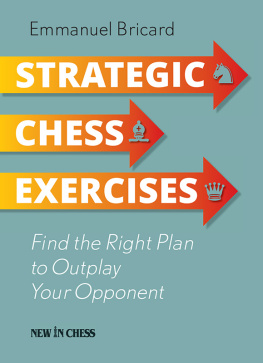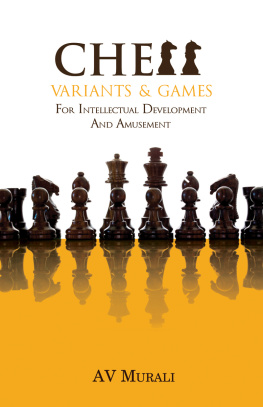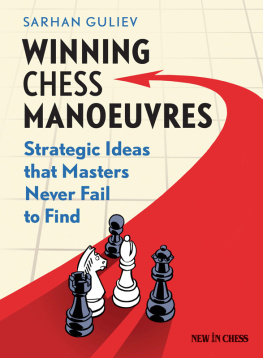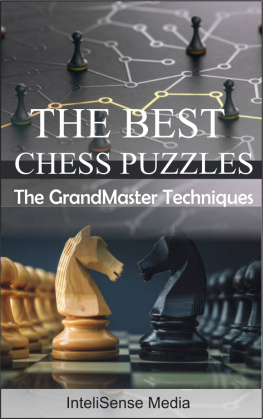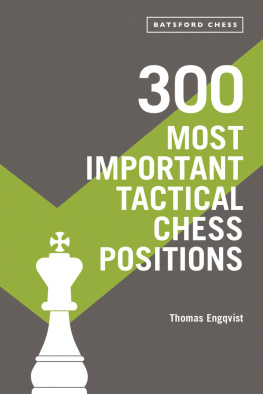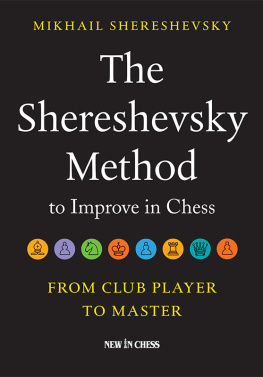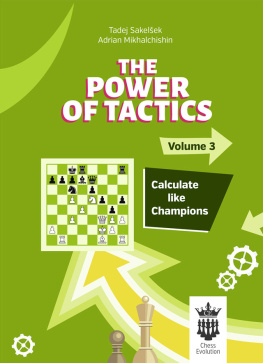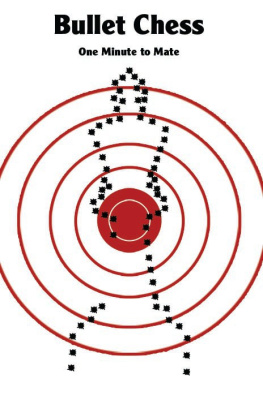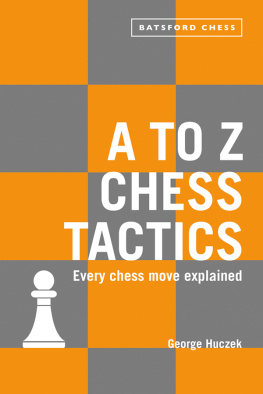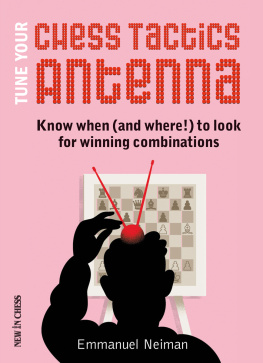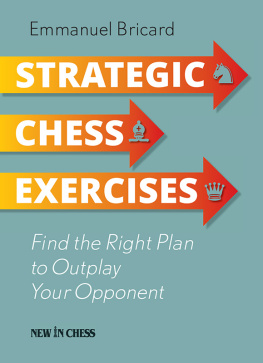Strategic Chess Exercises
Emmanuel Bricard
Strategic Chess Exercises
Find the Right Way to Outplay Your Opponent
New In Chess 2018
2018 New In Chess
Published by New In Chess, Alkmaar, The Netherlands
www.newinchess.com
Translated from Exercices de Stratgie by Emmanuel Bricard (Olibris 2016).
All rights reserved. No part of this book may be reproduced, stored in a retrieval system or transmitted in any form or by any means, electronic, mechanical, photocopying, recording or otherwise, without the prior written permission from the publisher.
Cover design: Volken Beck
Supervision: Peter Boel
Editing and typesetting: Frank Erwich
Translation: Tony Kosten
Production: Anton Schermer
Have you found any errors in this book?
Please send your remarks to and implement them in a possible next edition.
ISBN: 978-90-5691-760-9
Explanation of symbols
The chessboard with its coordinates:


| White to move |

| Black to move |
King |
Queen |
Rook |
Bishop |
Knight |

| White stands slightly better |

| Black stands slightly better |

| White stands better |

| Black stands better |
+ | White has a decisive advantage |
+ | Black has a decisive advantage |
= | balanced position |
the position is unclear |
! | good move |
!! | excellent move |
? | bad move |
?? | blunder |
Introduction
What is strategy?
Strategy includes the knowledge of themes, the development of plans, the evaluation of positions and differentiating between what has to be calculated and what is optional. By contrast, tactics involves the calculation of variations.
Who is this book aimed at?
To players familiar with some basic strategic themes such as passed pawn, opposite-coloured bishops, blockade, etc.
It contains exercises of varying difficulty. Some are relatively easy to solve, while others are more complex and can be considered to be food for thought. Strong players may understand such positions better than less strong players, but the challenge is not just to find the solution. Therefore the study of each suggested position will benefit players of different levels.
How to use this book?
Each exercise is linked to one or more questions. They are not restrictive and if I suggest you find a plan for White, it is also useful to see what Black can do and to understand the position in general.
Just as the games are not grouped into thematic chapters, the questions do not give any indication of the actual themes or plans. In fact, your first task is to discover them yourself and decide on their importance. I would prefer to only write White to move under each exercise, but in this case experience shows that the search often loses steam before reaching a tangible result. This is why I give some guidance on the judgement of the position or what to look for. There is an index of the topics addressed at the end of the book.
If you work as a pair or are a chess teacher, it is a good idea, in my opinion, to first indicate who is to move and only then give the clues which you feel are necessary to your partner or to your students. In the text you will also find many other possible exercises to propose on top of the ones Ive chosen.
By the way, the method of working which is imposed to come as closely as possible to simulating an actual game situation is to give no information whatsoever.
The material
In this book you will find 90 exercises taken from 80 games or fragments, and one study. They are presented in two parts: middlegame and endgame. I listed as endgames those positions without queens or with the queens and, at most, a minor piece for each side.
The exercises have a clear strategic content, but are not necessarily bereft of tactics. While themes and plans have an objective reality, the evaluation of a position remains a matter of opinion, even if it is refined as progress is made. There will be no demonstration, therefore, but the games are chosen so that the solutions to the exercises appear as consensual as possible. To enhance the readers understanding of the position, I give some analysis of possible alternatives first, before presenting the moves played in the game. I also give the moves leading up to the exercise diagram every time, as I think this may help the solver to discover certain themes and motifs.
The choice of exercises is based on my teaching practice. I have presented them at the courses I have taught during the past fifteen years. This experience was a great help in writing the book.
Good reading!
Emmanuel Bricard
Montpellier, France,
June 2016
CHAPTER 1
The middlegame exercises
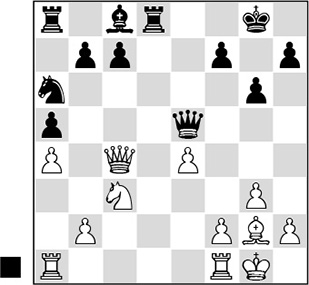
What plan leads to a large black advantage?

What plan allows Black to get a slight but lasting advantage?
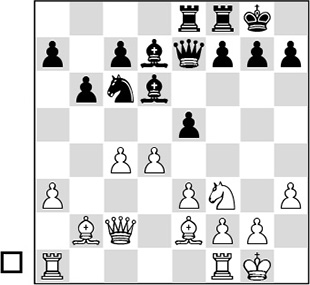
How can White gain the advantage?
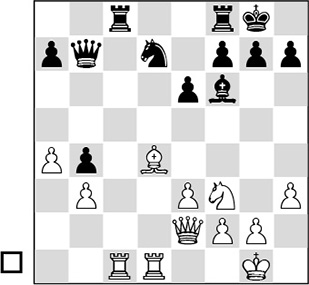
How can White gain a large advantage?
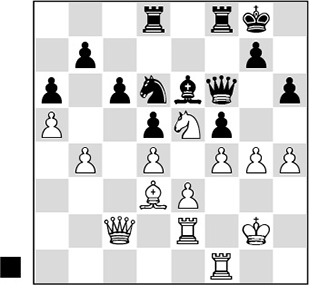
What do you think of 30fxg4?

What is the winning plan for White?
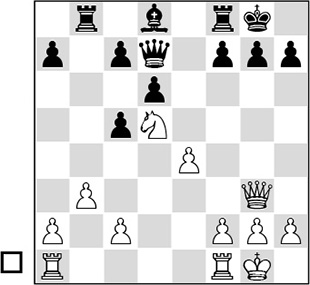
Which plan provides a lasting advantage for White?
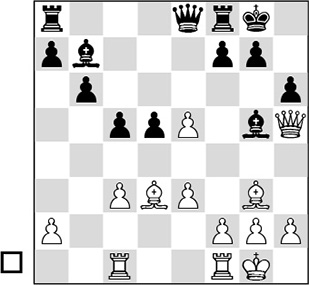
What is Whites main plan and how can you implement it?

Next page
